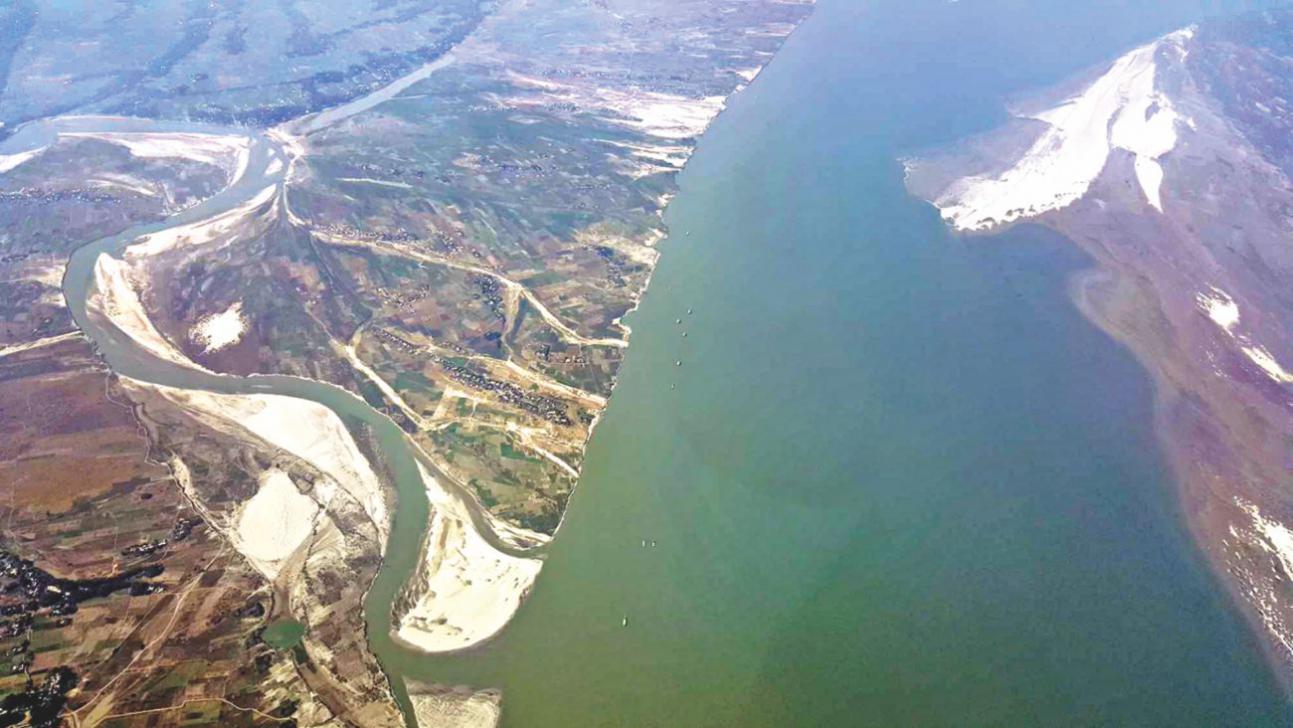How Bangladesh is solving its water crisis

Abdur and Abdul Gain are standing in lungi outside their homes, surveying the vegetable garden and bald fruit trees that were descimated by seawater during flooding last year. Both men live in Chandghar, a village which lies on a polder 160 kilometre south of Dhaka. After the flood, they had to leave their home and land. Now they live in a hut on an embankment, made of bamboo and plastic.
Bangladesh has 139 polders. They were created with the help of Dutch development money in the 1960s and 1970s to protect around nine million farmers from flooding and salinisation. That number is comparable to the population of Dutch people who live in areas that risk flooding if they are not defended properly.
Like Bangladesh, the Netherlands is also a flat, delta country. The Bangladeshi delta is wedged between the Himalaya and the sea and is formed by the confluence of the Brahmaputra, Ganges and Meghna. These rivers supply fertile sediment for agriculture, but they also bring flooding and embankment erosion. Without dikes, a large part of the country becomes submerged during the rainy season. But now the polders are themselves under pressure from the process of sand deposition. "They have become ponds," explains climate expert Atiq Rahman.
People pressure is more important. Bangladesh, with a population of 160 million people, is growing by two million inhabitants per year. "They all want food and a roof over their heads, but that's a huge task in a delta in which the water and land merge in to each other smoothly," says Atiq.
He is optimistic, because like the delta, Bangladeshis are dynamic and resilient: thousands of coastal residents are forced to relocate several times in their lifetimes and so they are accustomed to creating new homes elsewhere. Because of global warming, Bangladeshis are further put to the test. Tropical cyclones are occurring more often and becoming more intense, average temperatures have risen by 0.65 degrees Celsius in the last 60 years and the mean annual rainfall has increased by 10 percent.
Atiq Rahman predicts that millions of people in the country will be displaced if sea levels rise by one metre. And as the water rises, the salt penetrates deeper inland, which adversely affects agriculture and the food supply.
Read more : http://www.thedailystar.net/opinion/perspective/how-bangladesh-solving-its-water-crisis-1488421

